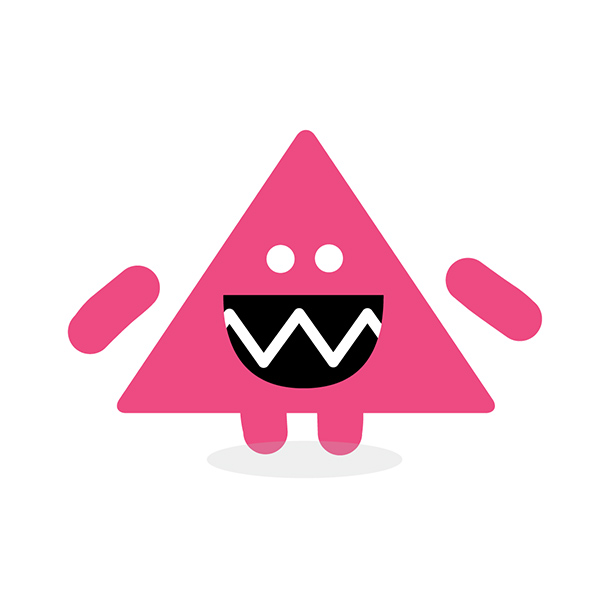

Song Maker is a really simple arrange screen setup which allows you to learn about and begin to create simple songs using some preset melodic and drum sounds. In this post, I will focus on three of the experiments: Song Maker, Kandinsky and Rhythm. Each one has applications in music, science and mathematics. In total, there are 13 “experiments” to teach and learn with. Chrome Music Lab is one of those apps, and boy does it deliver in the classroom! One of those things is creating quirky, innovative apps which just tick all of the right boxes. Google, for all of their all encompassing status, are great at many things.

Likewise music can connect with science when exploring sound waves, frequencies, and more, as has influence and occurrence in history, literature, and art. As mentioned above, music can tie into math through fractions (duration of notes), exponents (decibels), multiples (beat), and prime factorization (harmonizing notes). One of the great things about music is how connected it is to other disciplines.

We even concluded the unit with a day of student performances called "Curtstock" or "Curtsapalooza" (depending on the year). We explored lots of connections between music and math, while learning about fractions, exponents, prime factorization, and more. When I used to teach middle school math, one unit I always loved to do each year was my "Music and Math" unit.


 0 kommentar(er)
0 kommentar(er)
